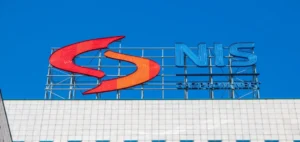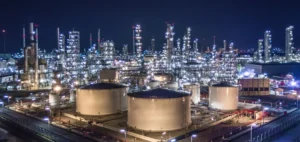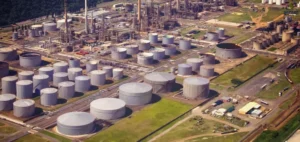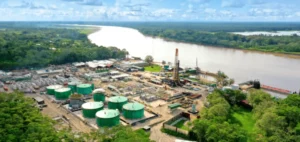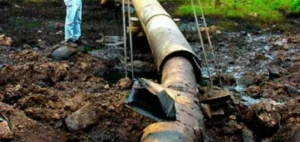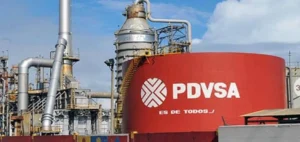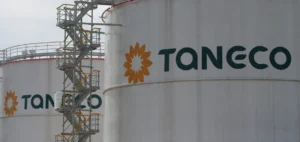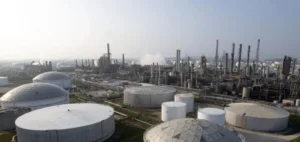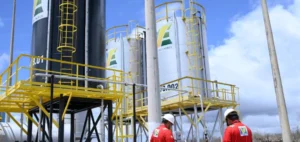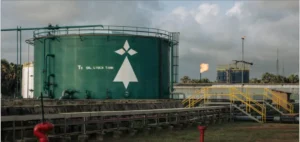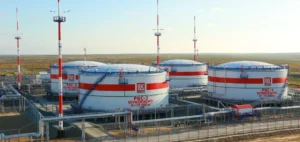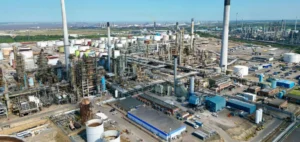Oil prices were up 2% from the previous day. They had then reached their lowest level in 9 months. This recovery can be explained by several factors, including a reduction in supply and the decline of the US dollar.
Oil prices recover
Many analysts are predicting a reduction in supply.
In fact, in the Gulf of Mexico, production has been disrupted by Hurricane Ian. The storm interrupted some 11% of production. In the U.S., offshore oil producers are closely monitoring the path of the hurricane. However, the hardest part seems to be over.
Bob Yawger of Mizuho comments:
“The barrels will come back pretty quickly, I imagine.”
This view is shared by BP. While the company has halted some of its offshore production, it believes that Ian no longer poses a threat. As a result, its offshore production in the Gulf of Mexico should quickly resume.
In addition, analysts also expect a possible production cut from OPEC+ countries. The members of the Organization are scheduled to meet on October 5.
As a result, oil prices are rising again. Brent crude oil reached $86.27 per barrel, an increase of 2.6%. In the previous session, it reached its lowest level since January: $83.65. Similarly, WTI is up 2.3% to $78.50 per barrel.
Oil prices soared after Russia invaded Ukraine. In February, Brent came dangerously close to its all-time high of $147. More recently, we have to take into account student interest rates but also the strength of the dollar.
Tamas Varga states:
“Oil is currently under the influence of financial forces.”
Indeed, the dollar plays an important role in oil prices. A strong dollar drives up the price of crude oil for non-dollar buyers.
What about OPEC?
In recent months, oil prices have fallen. Thus, many questions are emerging about a possible intervention by OPEC+.
In Iraq, the Minister of Oil, explains that the Organization follows the evolution of prices. According to him, OPEC+ does not want a price spike or a collapse.
OPEC+ will have an important decision to make at its next meeting.


